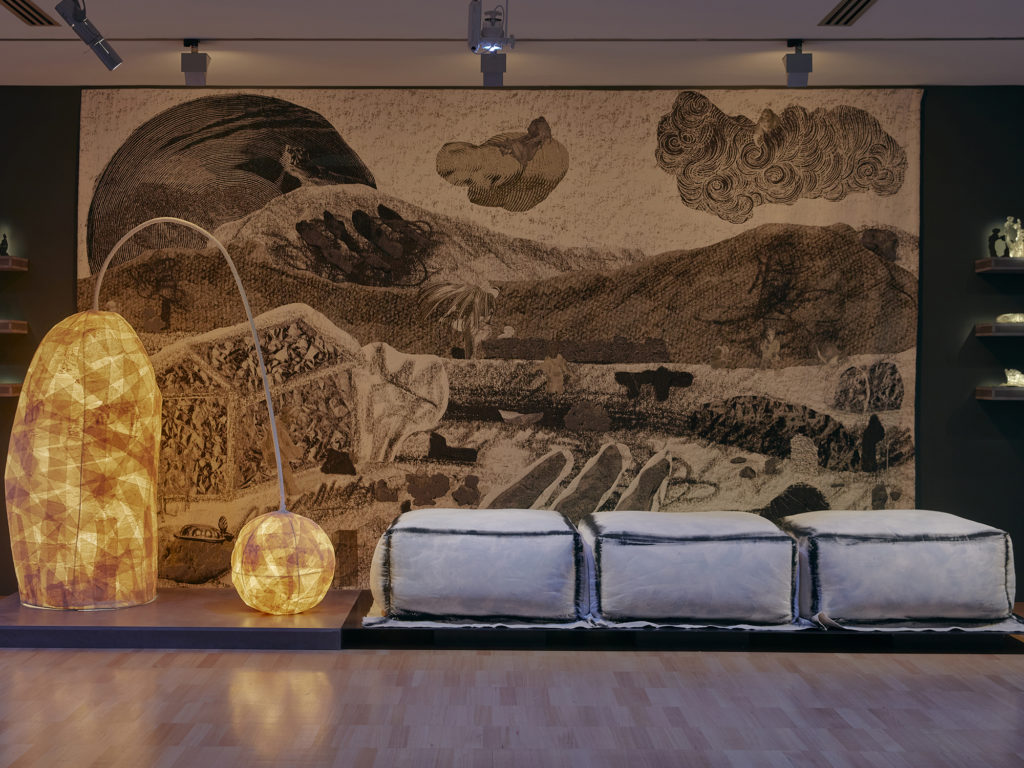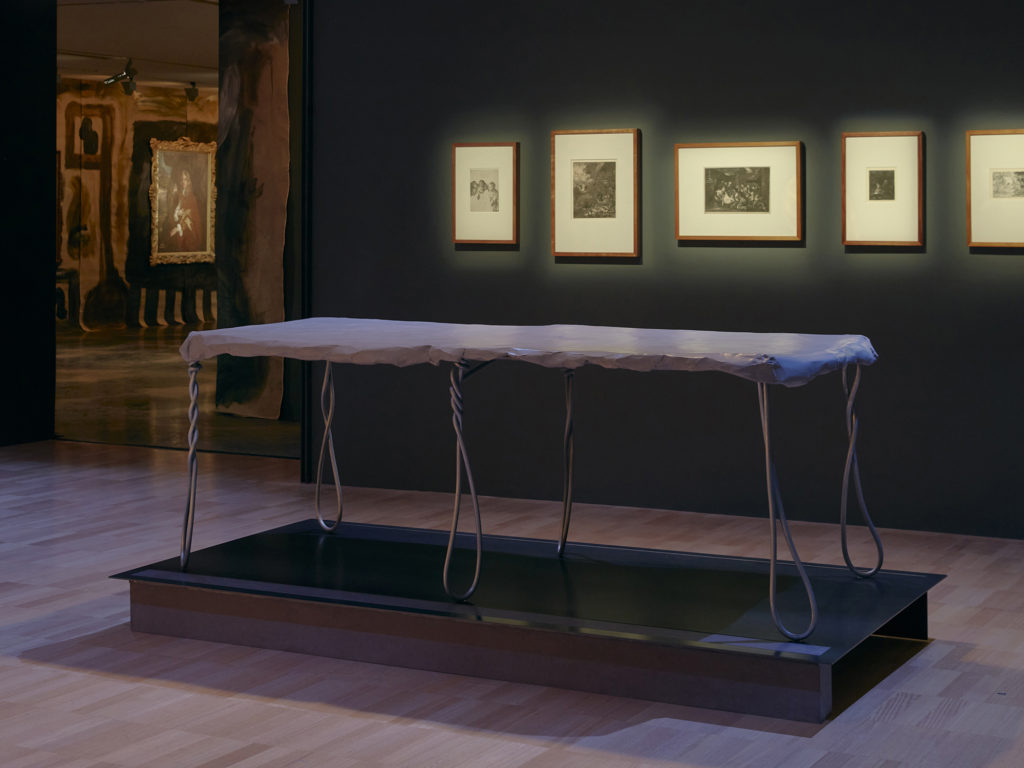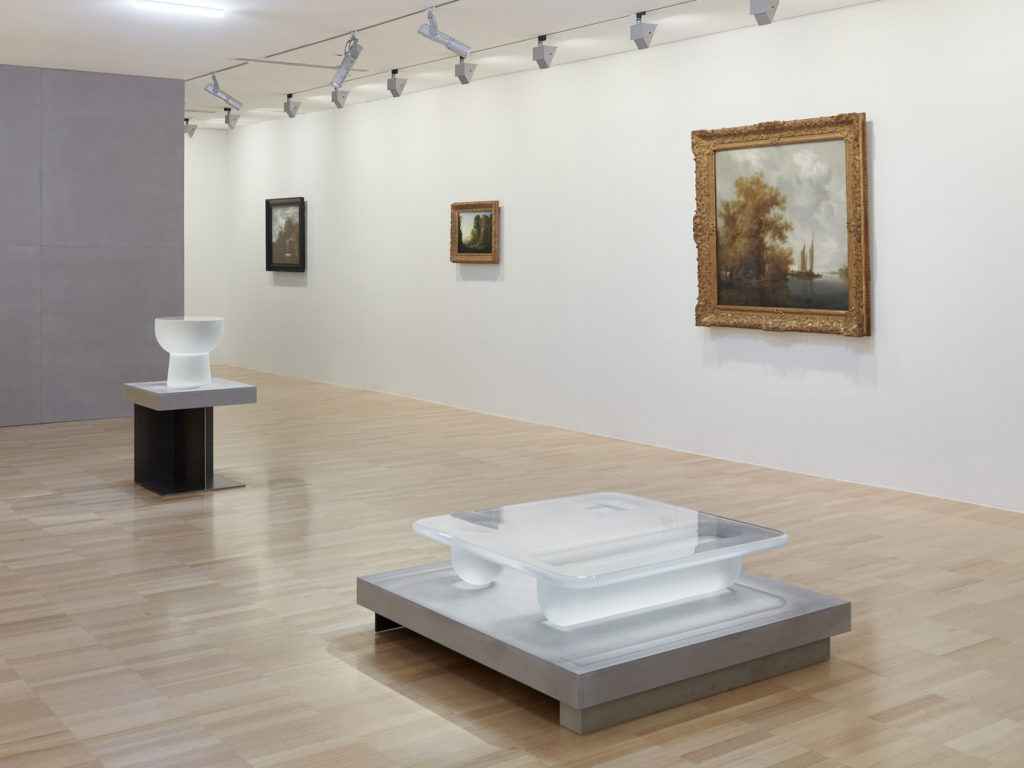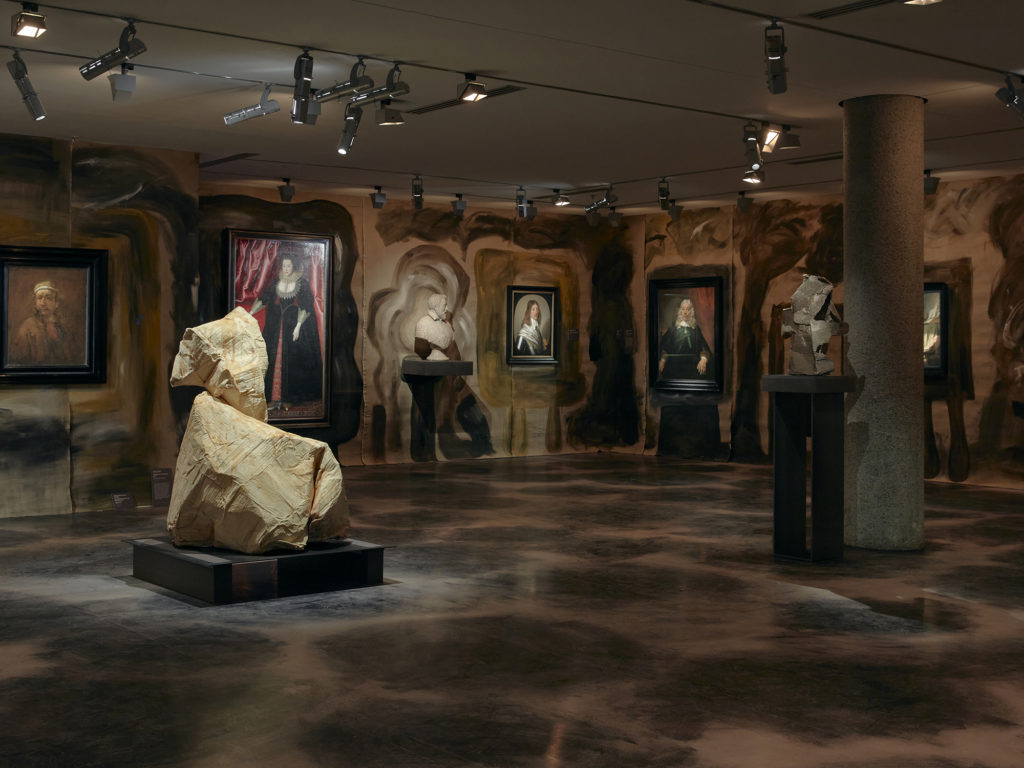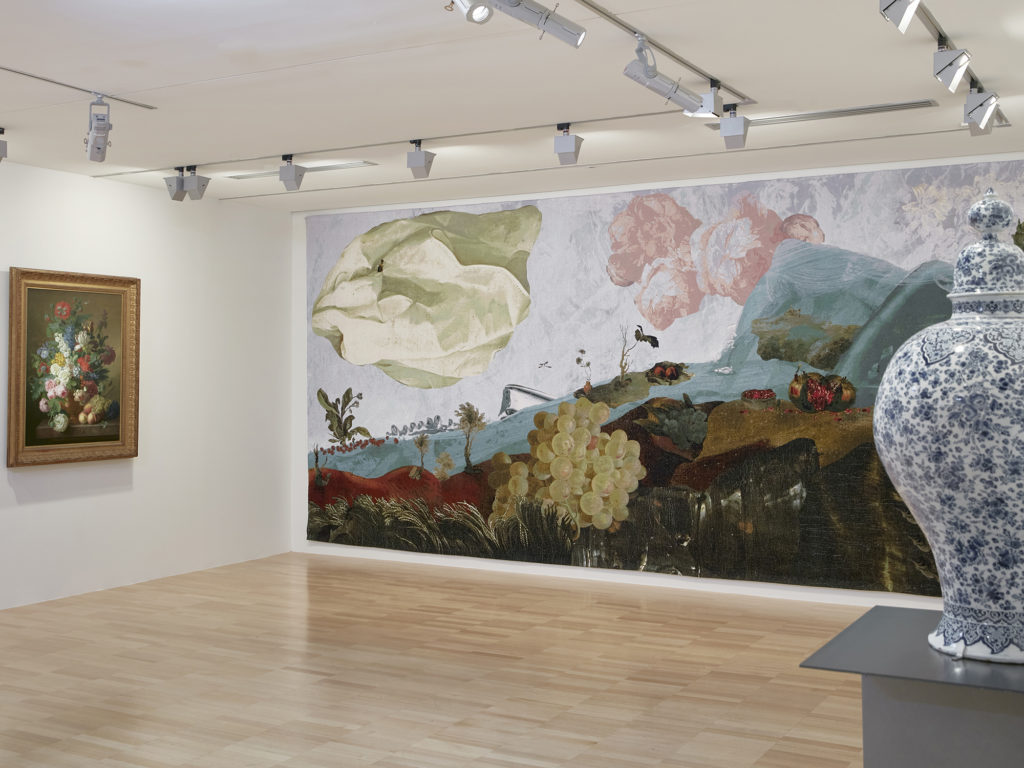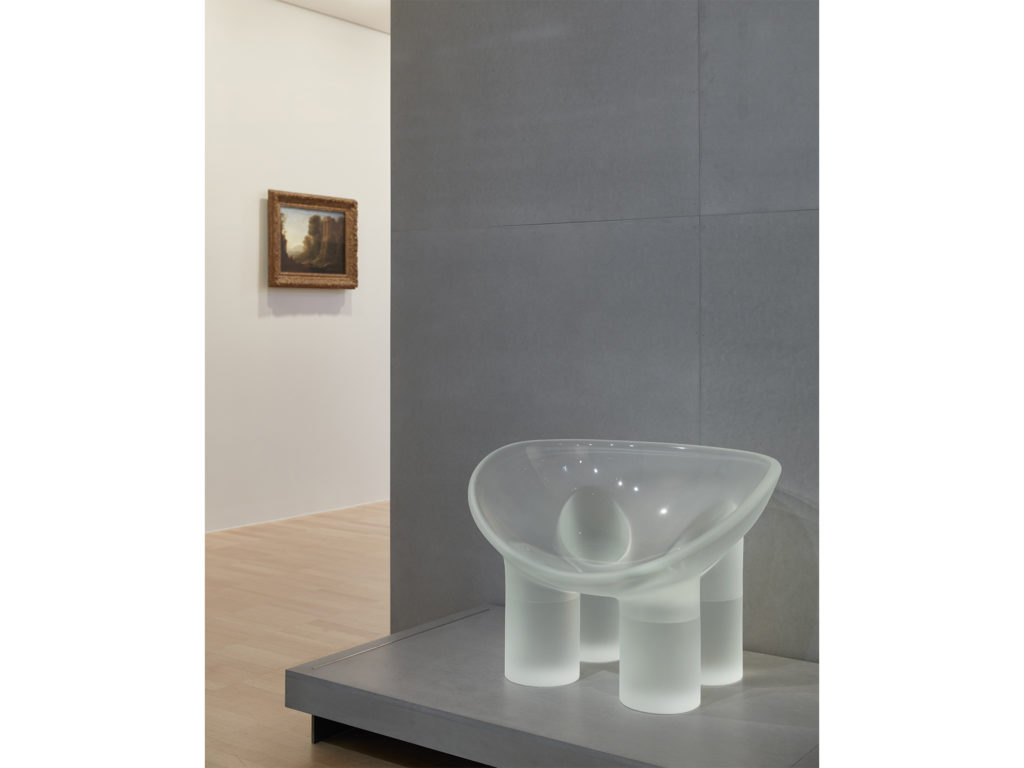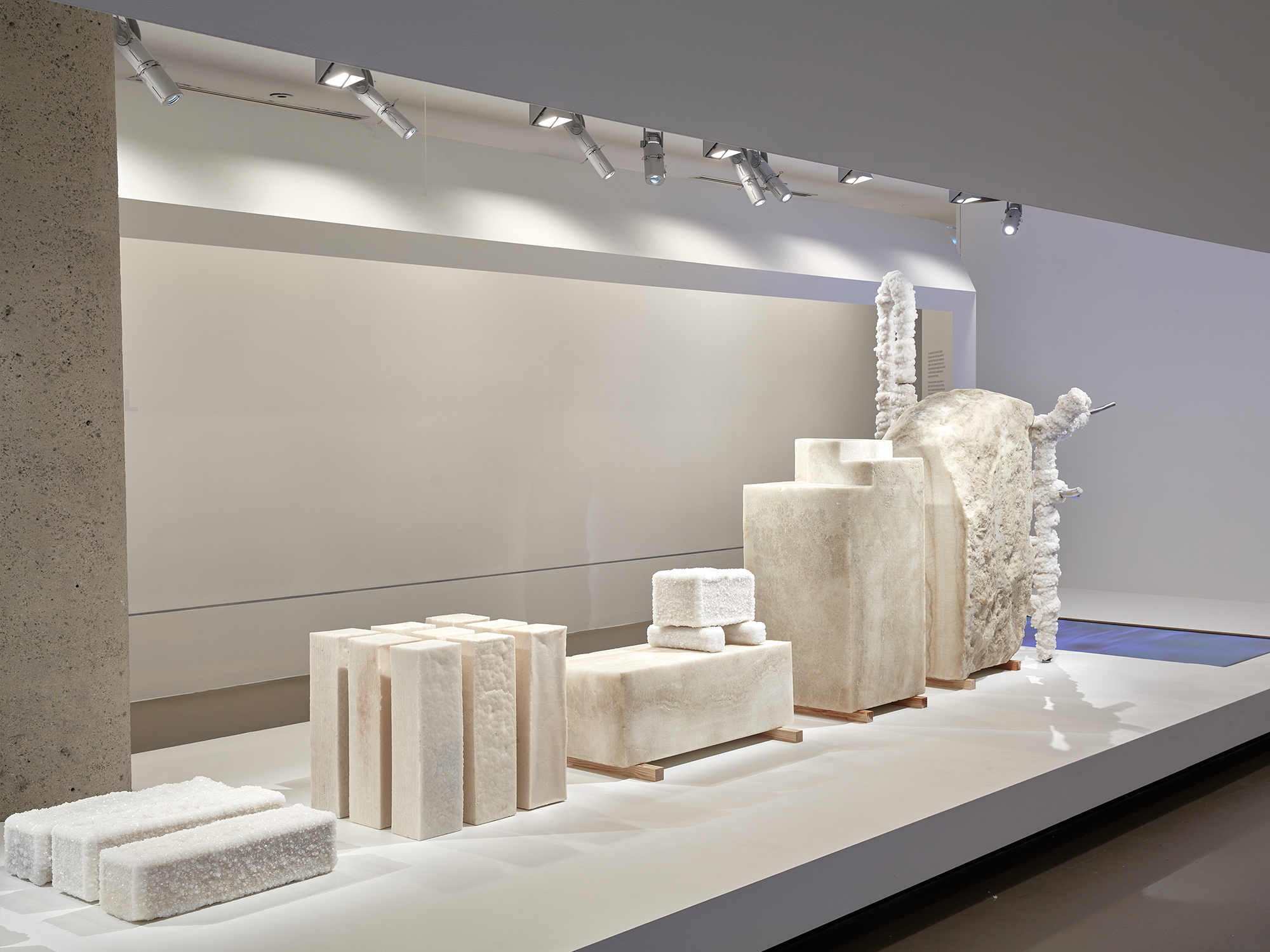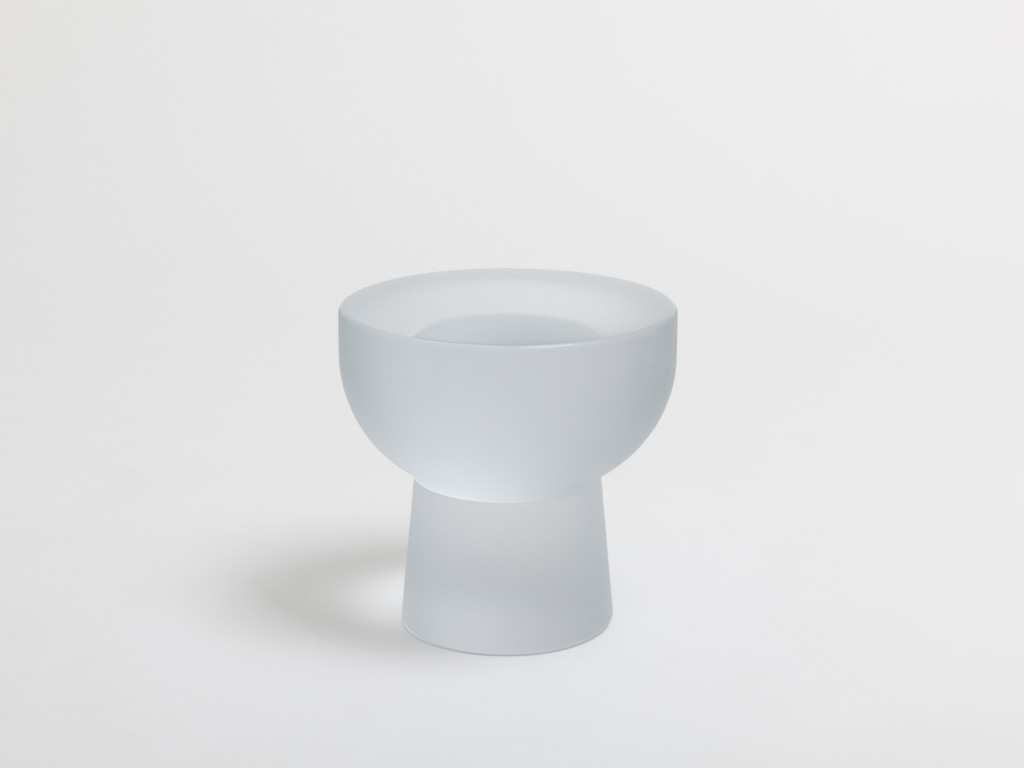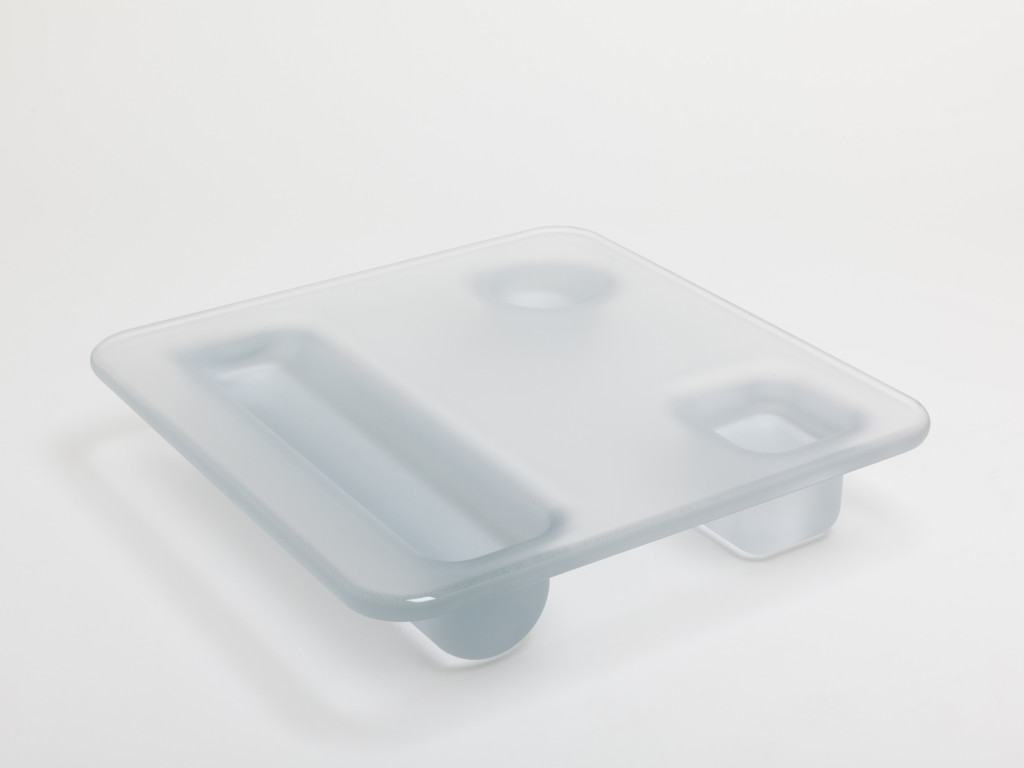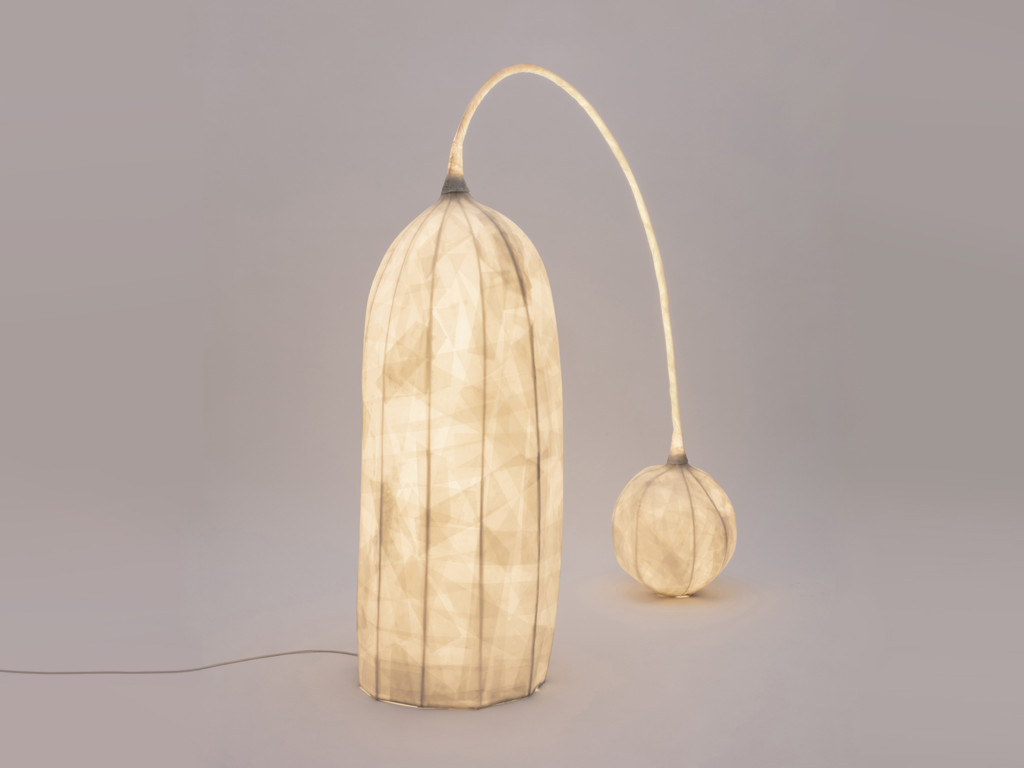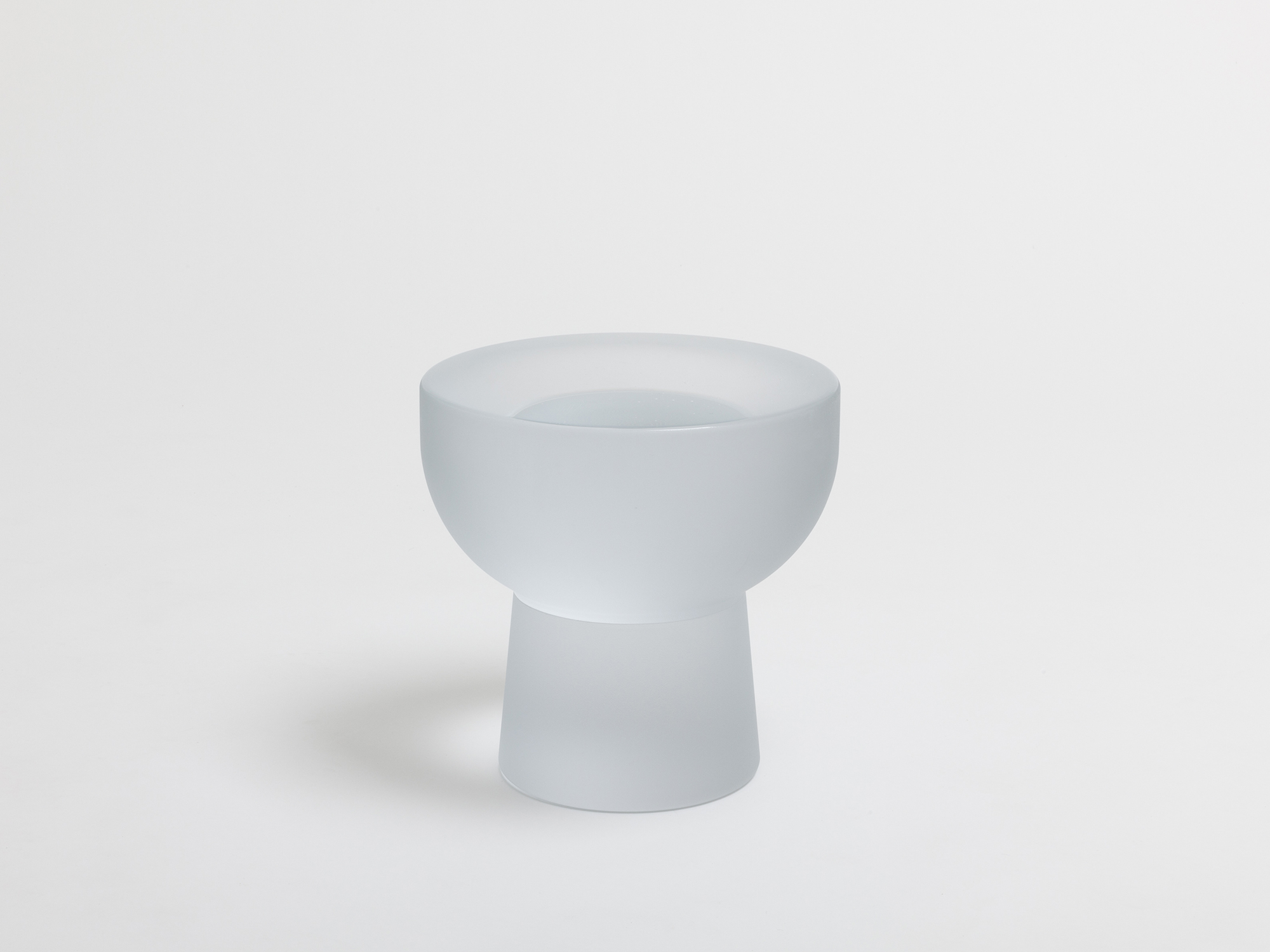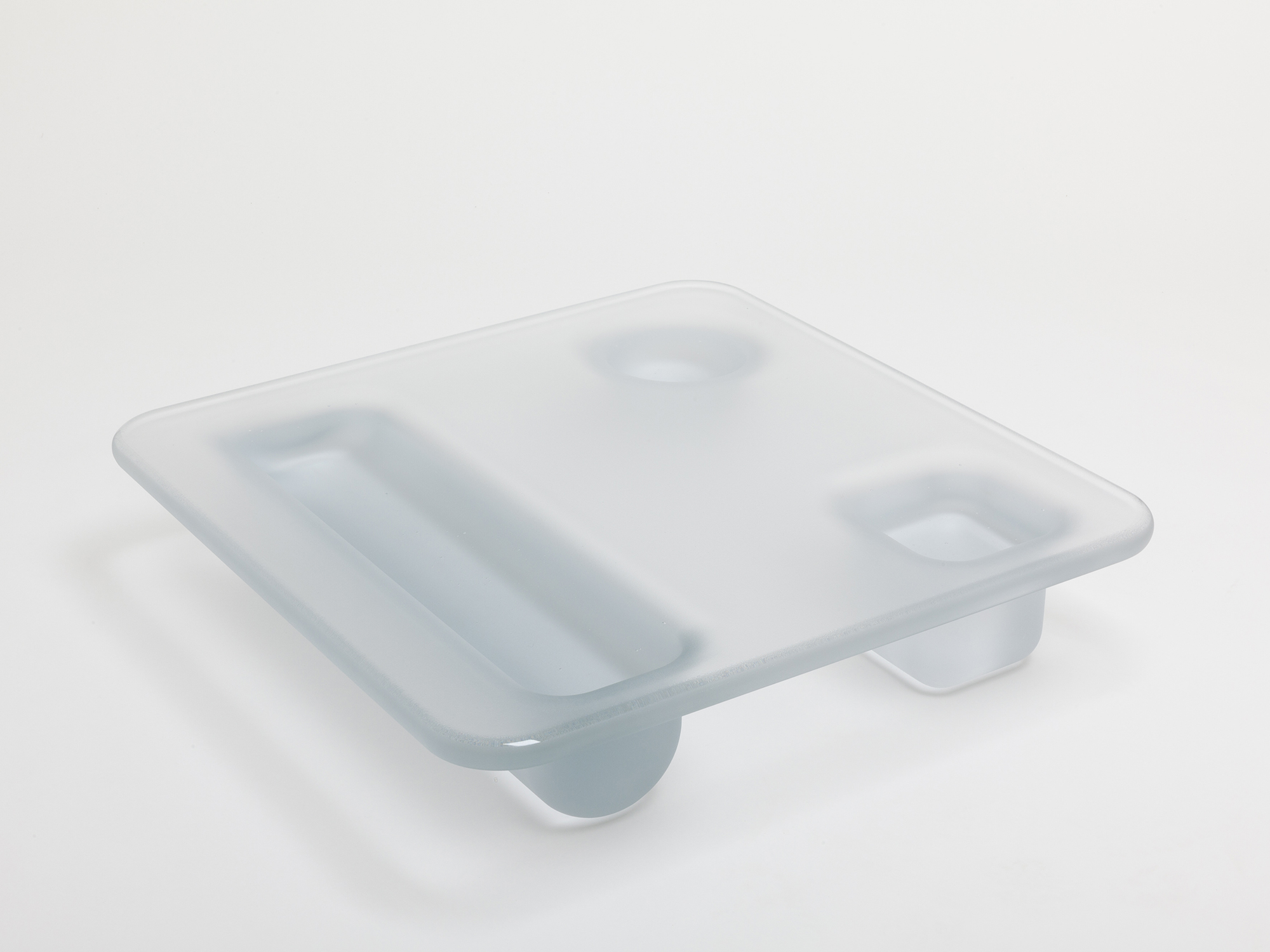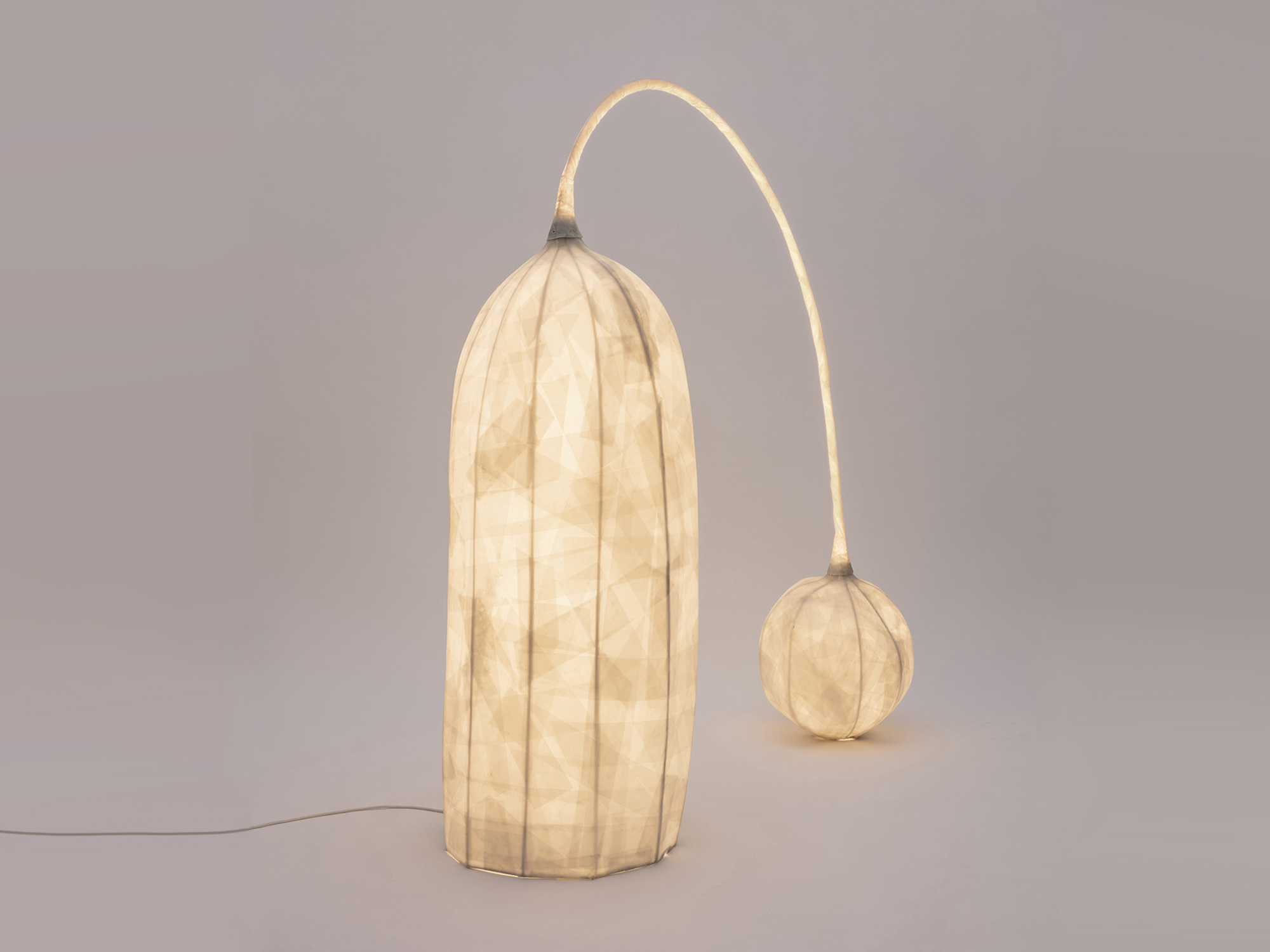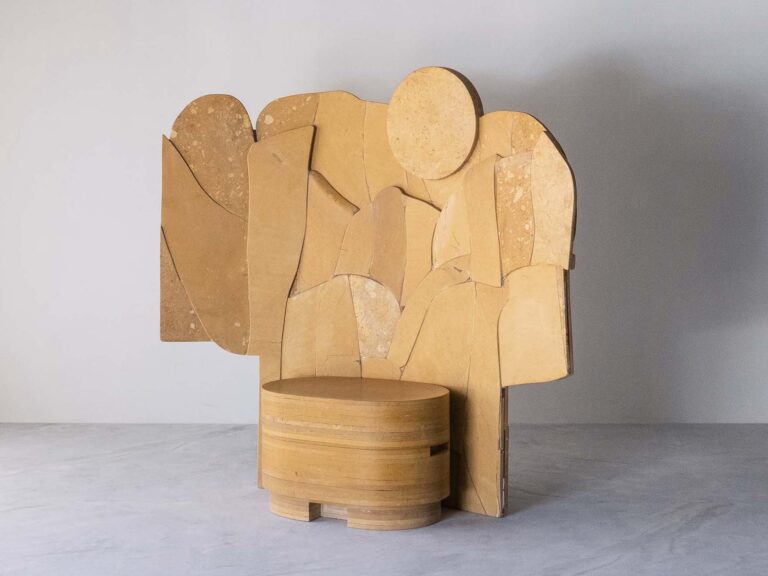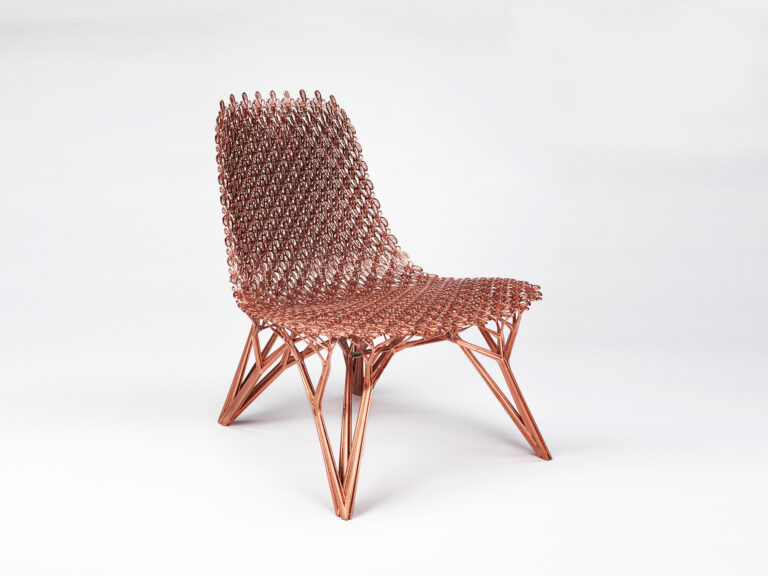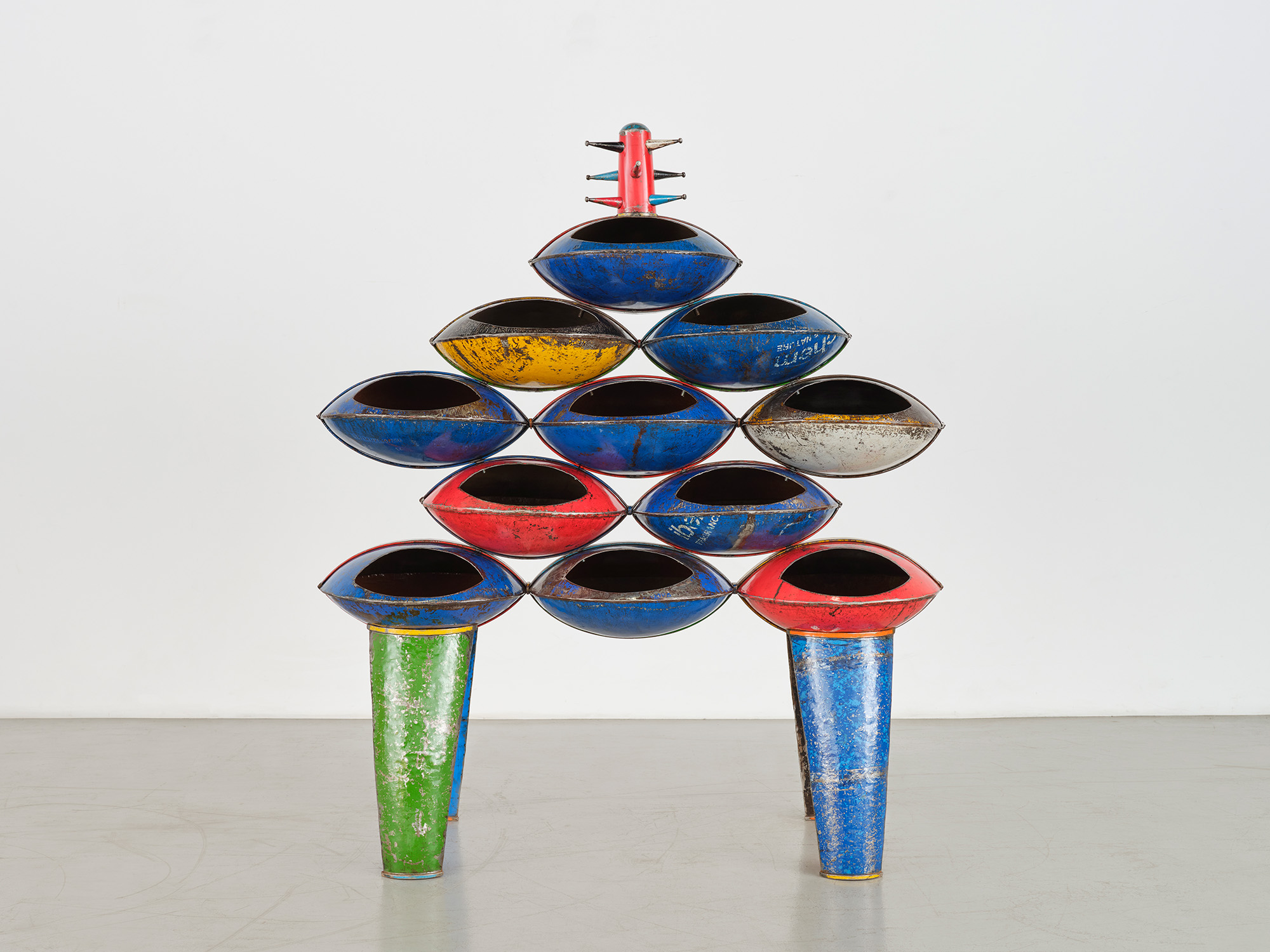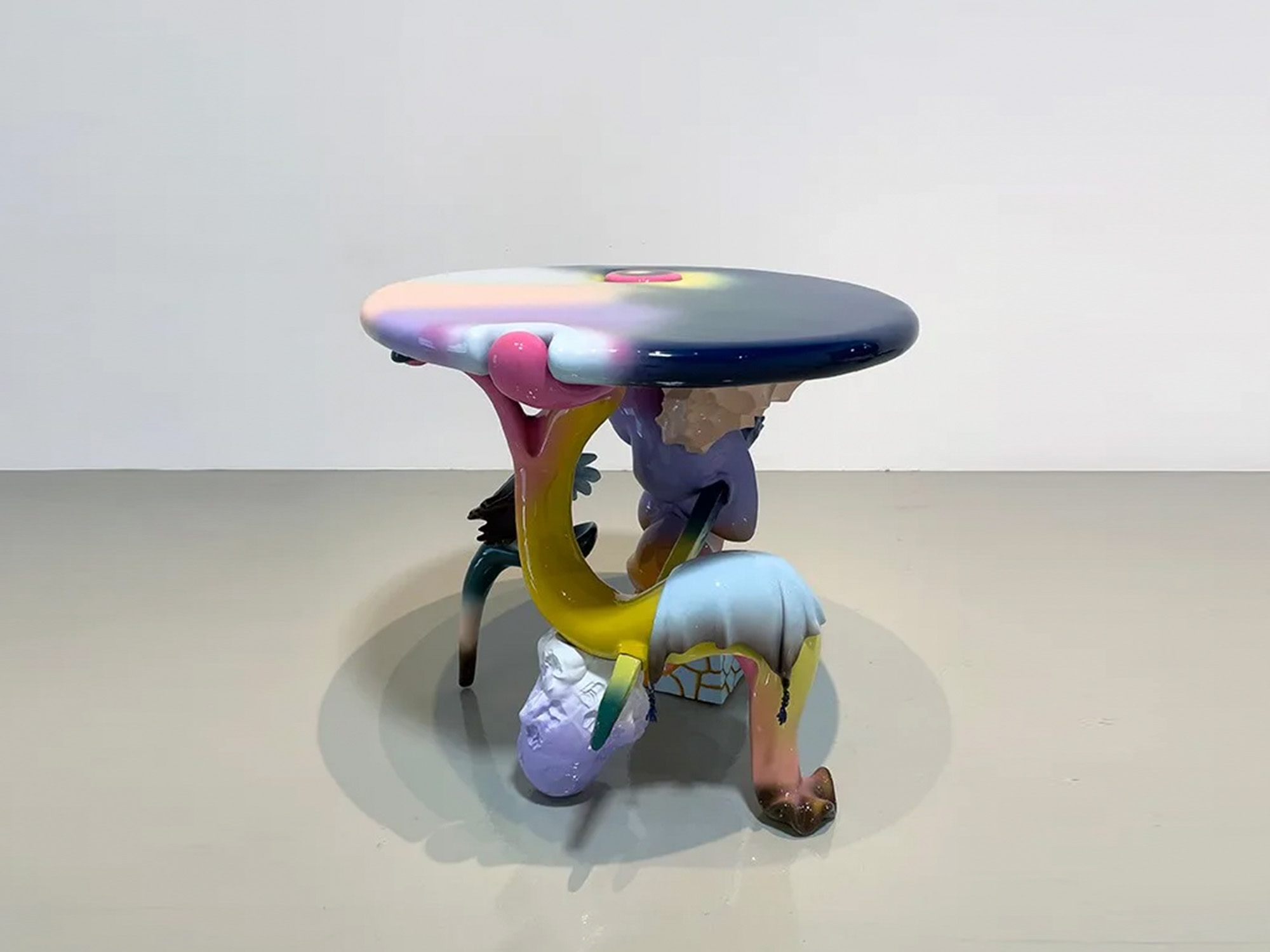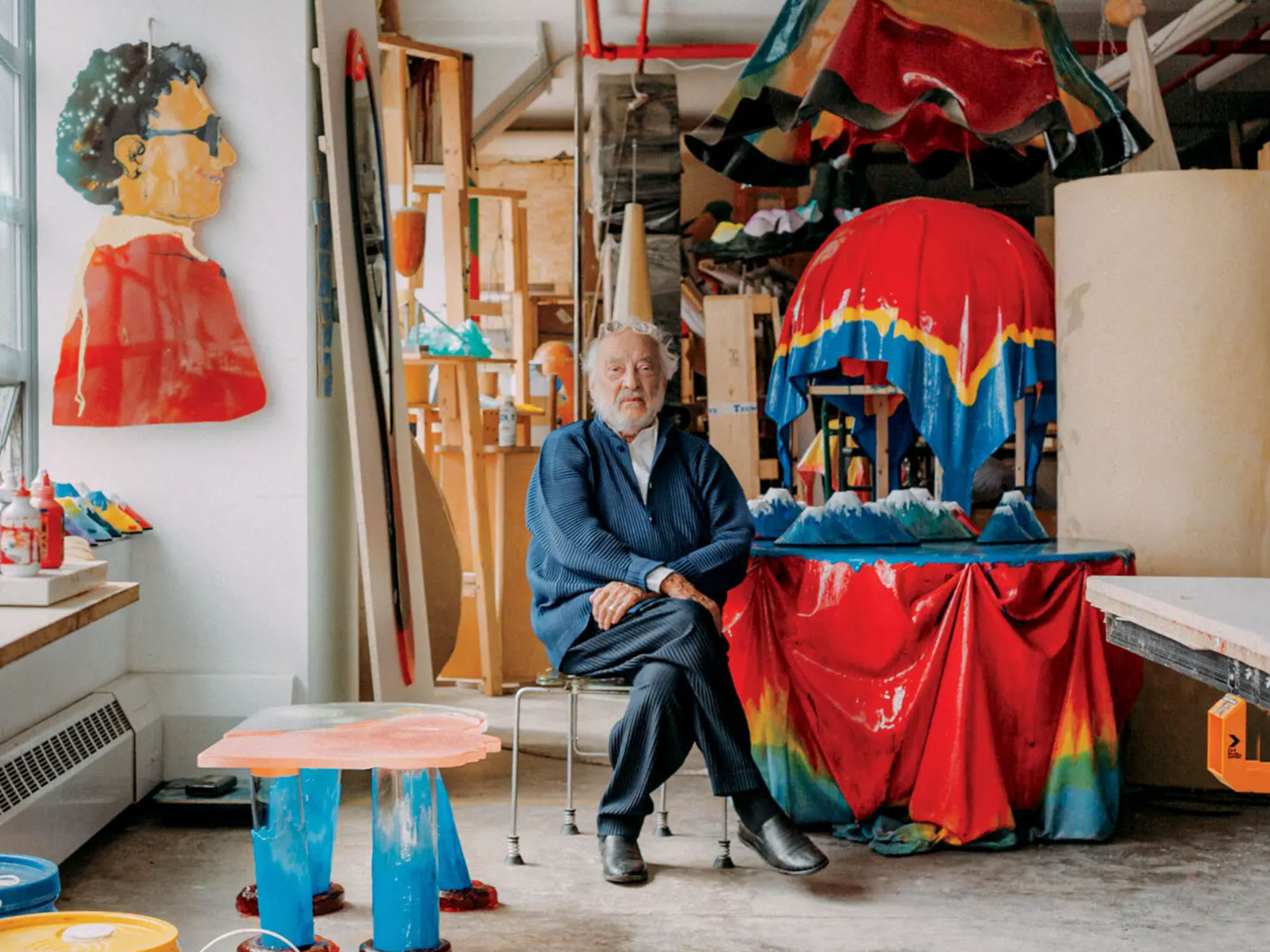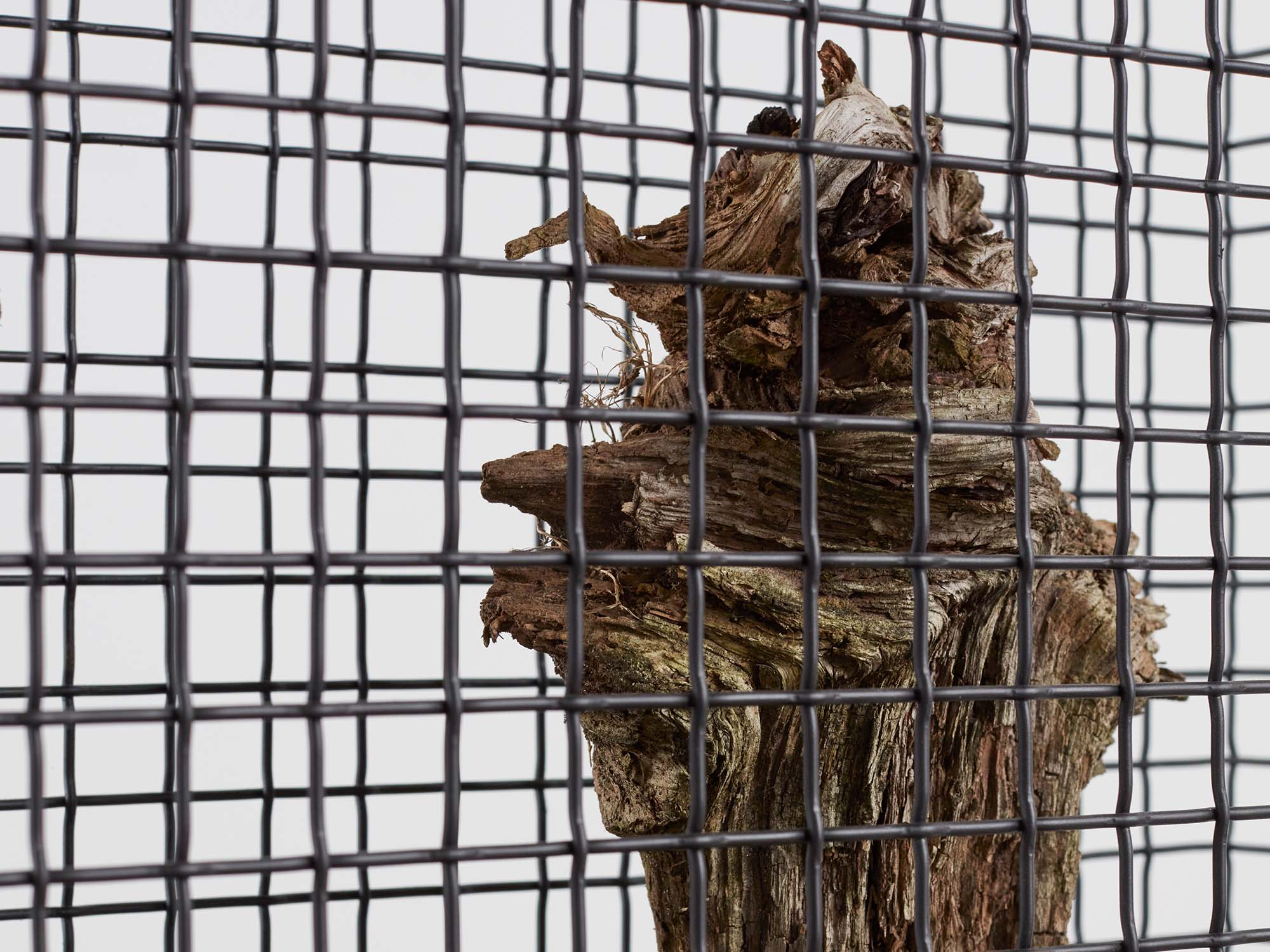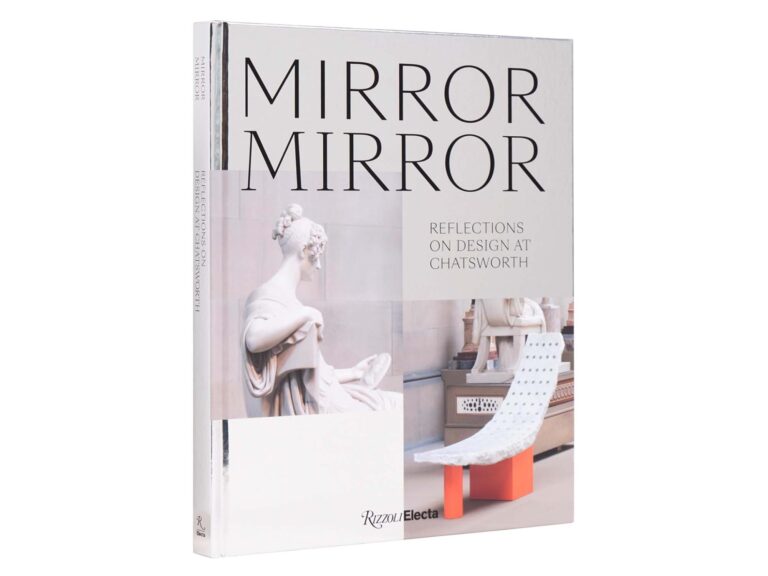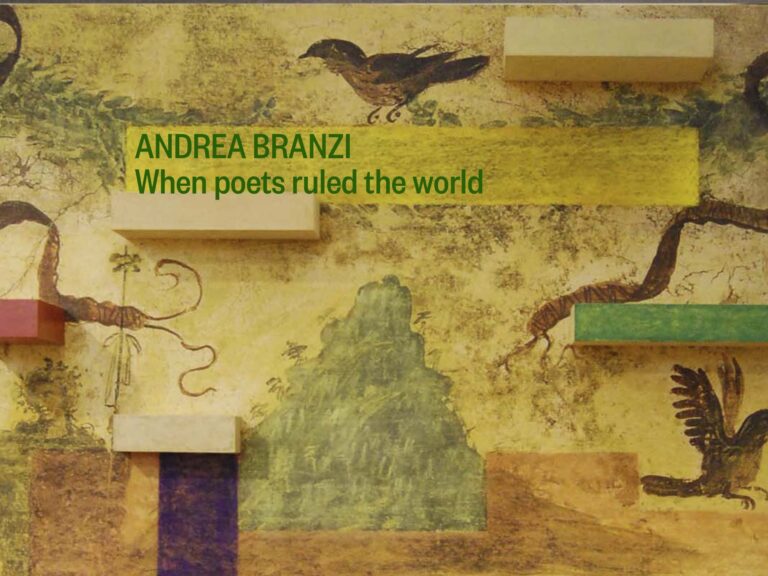The NGV Triennial brings contemporary art, design and architecture into dialogue, offering a visually arresting and thought-provoking view of the world at this time. Featuring major new commissions and recent works that span geography, perspective and genre, the exhibition celebrates the work of some of the world’s most accomplished artists and designers, while also giving voice to emerging practitioners.
Crossing cultures, disciplines and traditional divides, the NGV Triennial seeks to question the status quo of the art and design world through the generation of collaborative projects with positive impacts and long-term legacies. A range of new commissions and initiatives demonstrate that we can use the creative process to create outcomes that are intellectually, socially and aesthetically compelling.
As creative disciplines become increasingly porous and interconnected, new systems, materials and technologies are rapidly changing the ways in which artists and designers can imagine and speculate on the future. Through a series of compelling presentations globally significant practitioners working at the nexus of art, design, science and technology, the NGV Triennial offers an inspirational platform to experience and consider how digital and emerging technologies are transforming the landscape of cultural production and industry. These projects reveal a new cultural paradigm where traditional silos have dissolved into an ever changing and accelerating landscape of creative practice.
Unique across the world, the NGV Triennial presents globally significant projects which demonstrate the extraordinary intersection between contemporary art, design and architecture. The adoption of this model rapidly established the NGV Triennial, occurring every three years, as an important contributor to international discourse and collaboration while reinforcing a connection between Melbourne and the broader global community.
FAYE TOOGOOD’S PROJECT
Designs for furniture, lighting, scenography, sculpture and large scale tapestries are presented alongside 17th century artworks from the NGV Collection in a series of crafted spaces. Exploring the themes of daylight, candlelight and moonlight, Toogood plunges us deep into a period sensibility – which witnessed the birth of capitalism and the emergence of the ‘enlightenment’ – using her own innovative designs as a connecting device to the past. Toogood sees her work as Gesamtkunstwerk; a total work of art, whereby the interior – all works of art and design, and their display – synthesise to deliver with full effect the experience and meaning of her presentation.
EREZ NEVI PANA’S PROJECT
Crystalline 2020 will be one of the world’s first commissioned works of salt-based architecture. In this work Erez Nevi Pana examines a metamorphosis of basic raw material into a deliberate refined composition that interprets crystal growth and natural processes as an architectural practice. Crystalline, an imaginary chunk of a larger structure, consists of four distinct structural elements – a ladder, boulder, steps and walkway, assembled into one exploratory architectural work that aims to represent a journey from water to land. Each element is encrusted or grown with salt, demonstrating a repertoire of techniques developed by the designer including subaqueous crystal growth, melting, and merging salt with clay. When combined, the components reference concepts of motion and flow, of evolution and growth. Nevi Pana’s journey starts with the ladder as a metaphor for ascension from the Dead Sea – the lowest point on the earth’s surface – and concludes with the walkway, which demonstrates a symbolic transition to a new physical reality. The work speaks directly to the need for restoration of the surrounding Dead Sea area and postulates that salt-based architecture could introduce new and more sustainable paradigms for housing, tourism, and public works.
